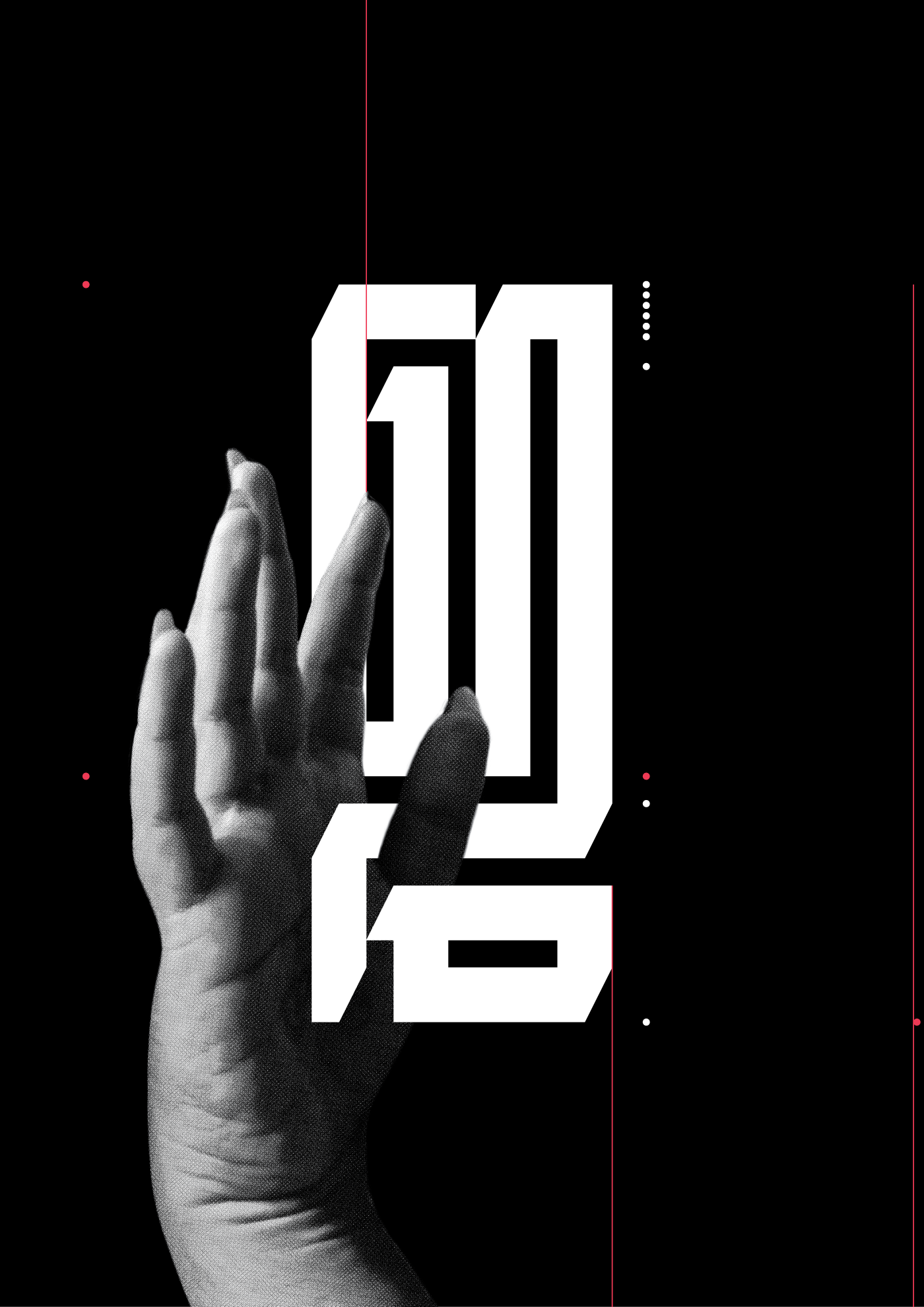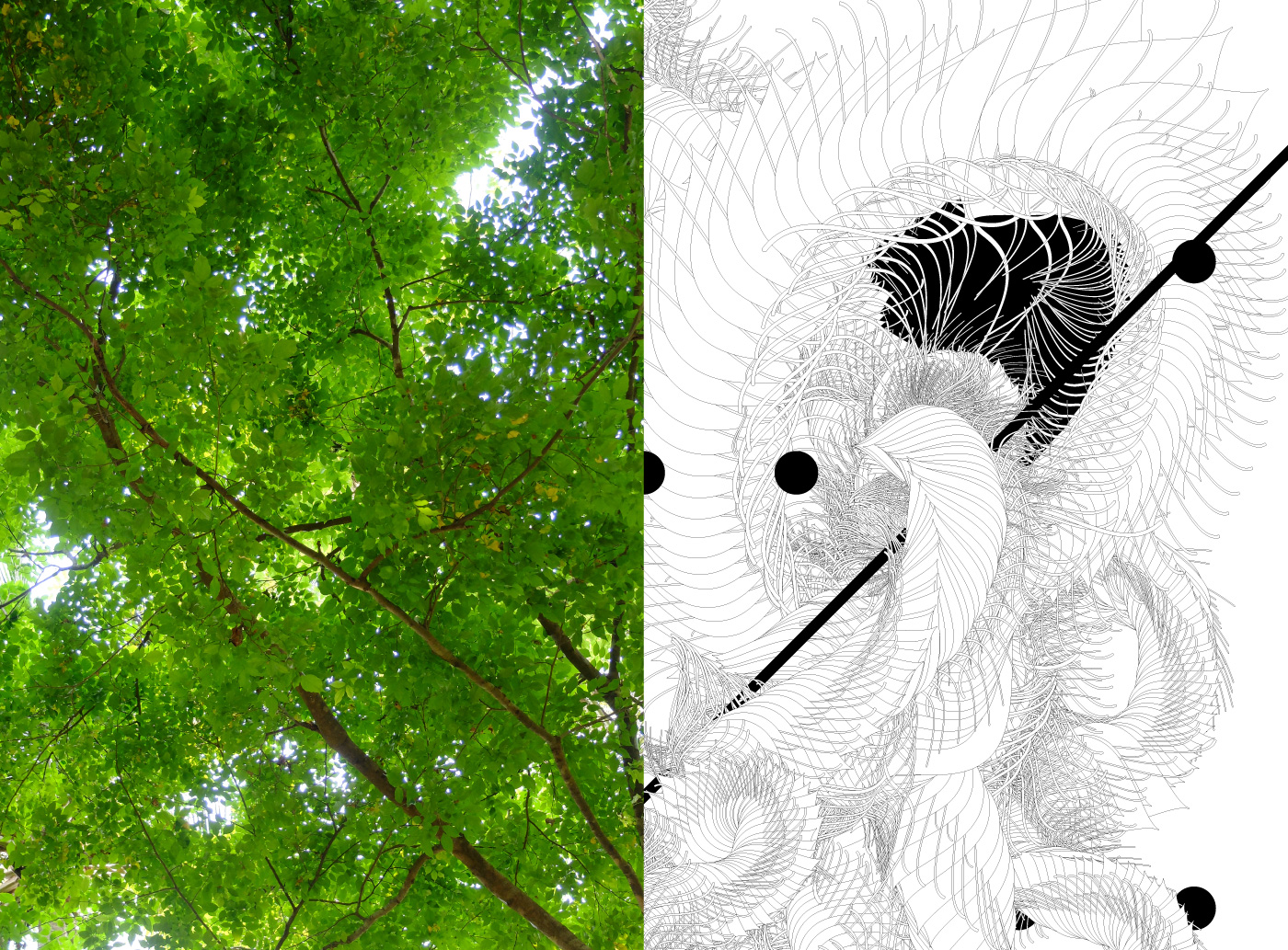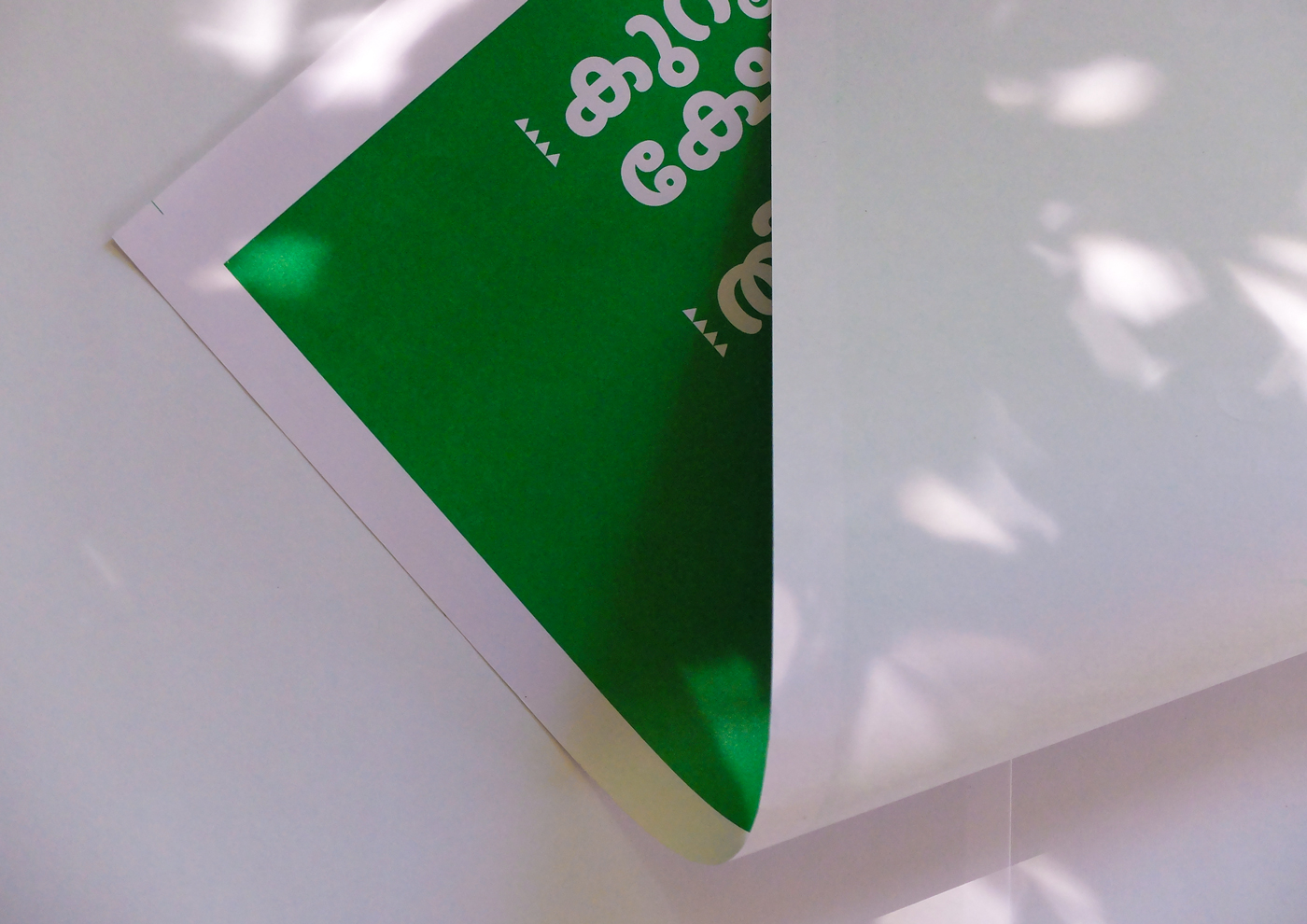We spent a week of Typography-2 in Vijayawada before COVID-19 arrived and we abandoned the third bird exercise mid-way. The first two were paper-and-glue-type exercises that could only have worked IRL. The third exercise helped establish type-face and -size choices along with leading and basics of forming a type scale. I am glad we had the time to do that somewhat extensively before we shifted everything online. The fourth one onwards, I made the exercises lockdown-friendly and mostly screen-based for printer equality wasn’t a given. The final exercise (where we borrow Abbott Miller’s line “a book is a movie you hold in your hands” literally) isn’t fully baked; I will try and do a version of that with paper and ink and printers and shared softboards once we get back to whatever is close to the old normal again.
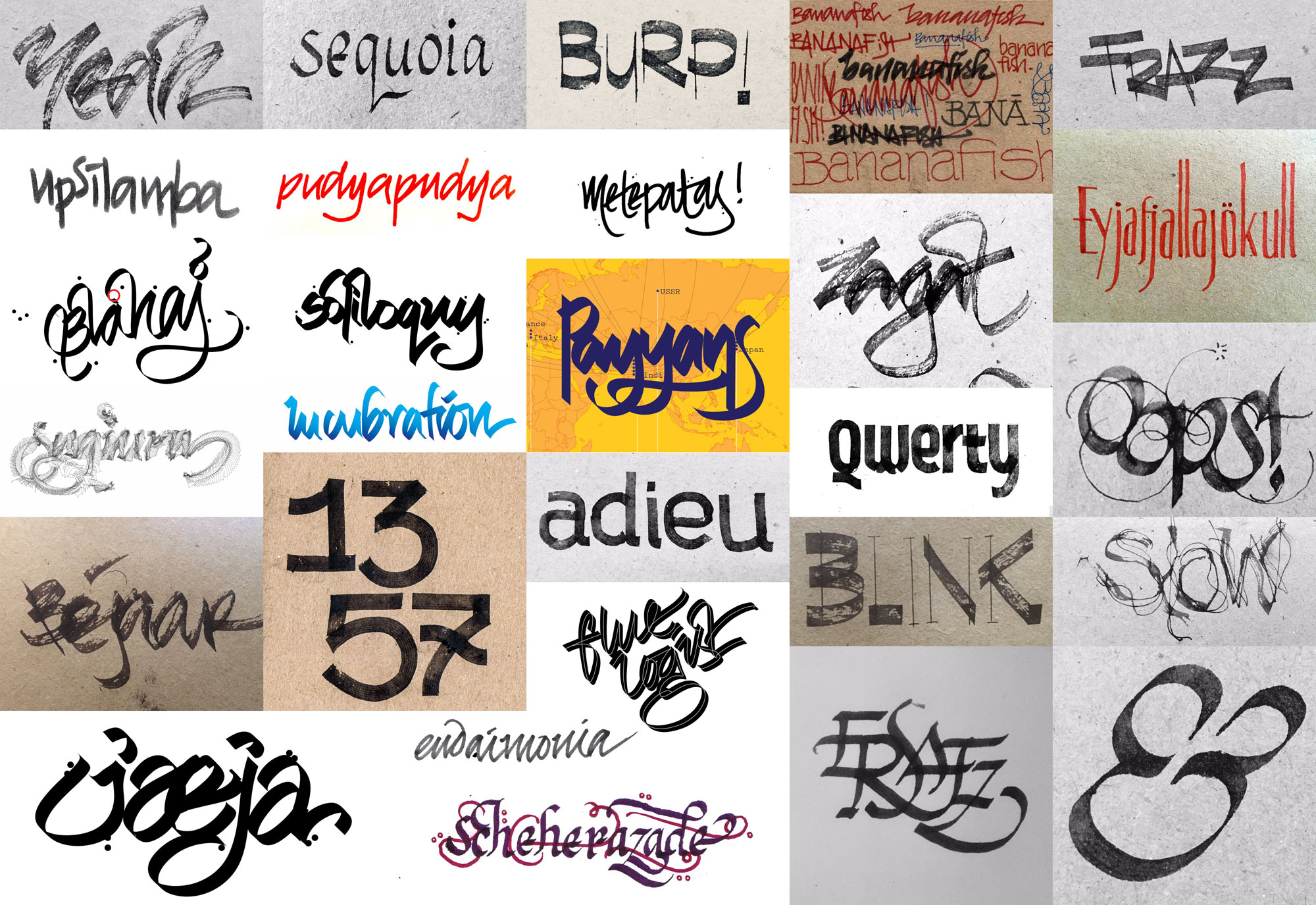
Above: Attendancing word prompts. Read downstairs.
This was (perhaps) the first typography course in the country to be taught over the internet since the COVID-19 lockdown. Some of these resources and experiences are potentially valuable as a babysteps-type-deal. They are neither new nor untested in similar contexts, yet our stumbling upon their hard edges and navigating around them through the course of this course is perhaps new enough to warrant a few kilobytes. As expected, the first couple of days saw struggles with tech (even with preparation-runs the day before) and we settled into a rhythm the third day onwards.
It helped that I had been in a studio with walls and a ceiling and softboards with these students before. I’d even played volleyball with some of them and shared sweaty walks home in the evenings via the GreatAmalod (dhaba). I could fall back to inside jokes and phrases that condensed feedback into a couple of letters. (‘Gymnastics’ is a favourite. Introduced them to ‘juju’ when we started the packaging exercise.) It would’ve been be appropriately harder to do something like this online if we were meeting each other for the first time.
On Exercises
There is perhaps some re-looking-sideways needed in deciding to have the second and final course in typography in the fourth semester (second semester in the chosen discipline) and then moving on entirely.[1] I do see where more growth could have come in handy in terms of having encountered more problems (in life, as well) and having worked with a variety of teachers between type courses One and Two. Exercises like the packaging redesign one and the temporal dimension one (Ex 11) are therefore a bit ‘advanced’ for the year the kids are in. I stuck to comments based on a foundation-level understanding of Gestalt as much as I could, to work around this otherwise major issue. For Type-1, the exercises mimicked the evolution of letterforms and printing surfaces and a small history-lesson tied it all up. For type-2, such theatrics was harder to maintain. We managed to remain faithful to the original Course-Abstract somewhat wholly.
Seeing Everyone
We used Jitsi for the three video sessions (across twenty one days). My setup was a phone mounted jugaad-esque[2] over an IKEA FORSA (much DIYed elsewhere too) and the laptop sharing its screen from a Mozilla Nightly Build (the regular Mozilla had some permissions issues for the Camera, Mic, etcetera thanks to tweaked registry entries or something I was not keen on peeling back). The phone faced me while the talking bits were on, and faced the Cintiq screen when we were working on software. (The pointer gets lost even when the screen-stream switched down a notch in quality and practically disappears on a mobile device. On shooting a screen, you get to point to stuff with the stylus and overall that worked way better. I guess a dedicated screen-share software works better.) While the world (read a couple of the twentyseven students) demanded we give up and use Zoom, we I persevered (or conveniently unanimously decided Jitsi weighed less on our collective consciences and bandwidths). Jitsi lets you join a call with the basics; an app on the phone or the browser and a unique meeting-room ID. There is no need for passwords and account info and all that combined make switching to a different device at home easy. Students from Assam and the south of Kerala had network disruptions (and disruptions in network disruptions) and we limited the videos to token sessions to make everyone feel like the class was officially on and that we were all in a classroom; jokes could be heard and seen, etcetera. Occasionally, some students dropped by the Jitsi meet link and we had more face-to-face feedback.
One piece of advice from the anonymised feedback was that there could’ve been more video sessions. I have a feeling this comes from folks with good-ish bandwidth, no pots clanging in the background, no drills going full blast on a wall nearby, no cats claiming territory over keyboards, etcetera. In the rain, even an otherwise-robust BSNL landline internet connection glitches in and out of existence. I would rather have a record of discussions accessible post the session than have a video session that excludes the bandwidth-challenged. I should’ve had more one-on-one video chats to work around this, perhaps, to work with people who had working internet almost always.
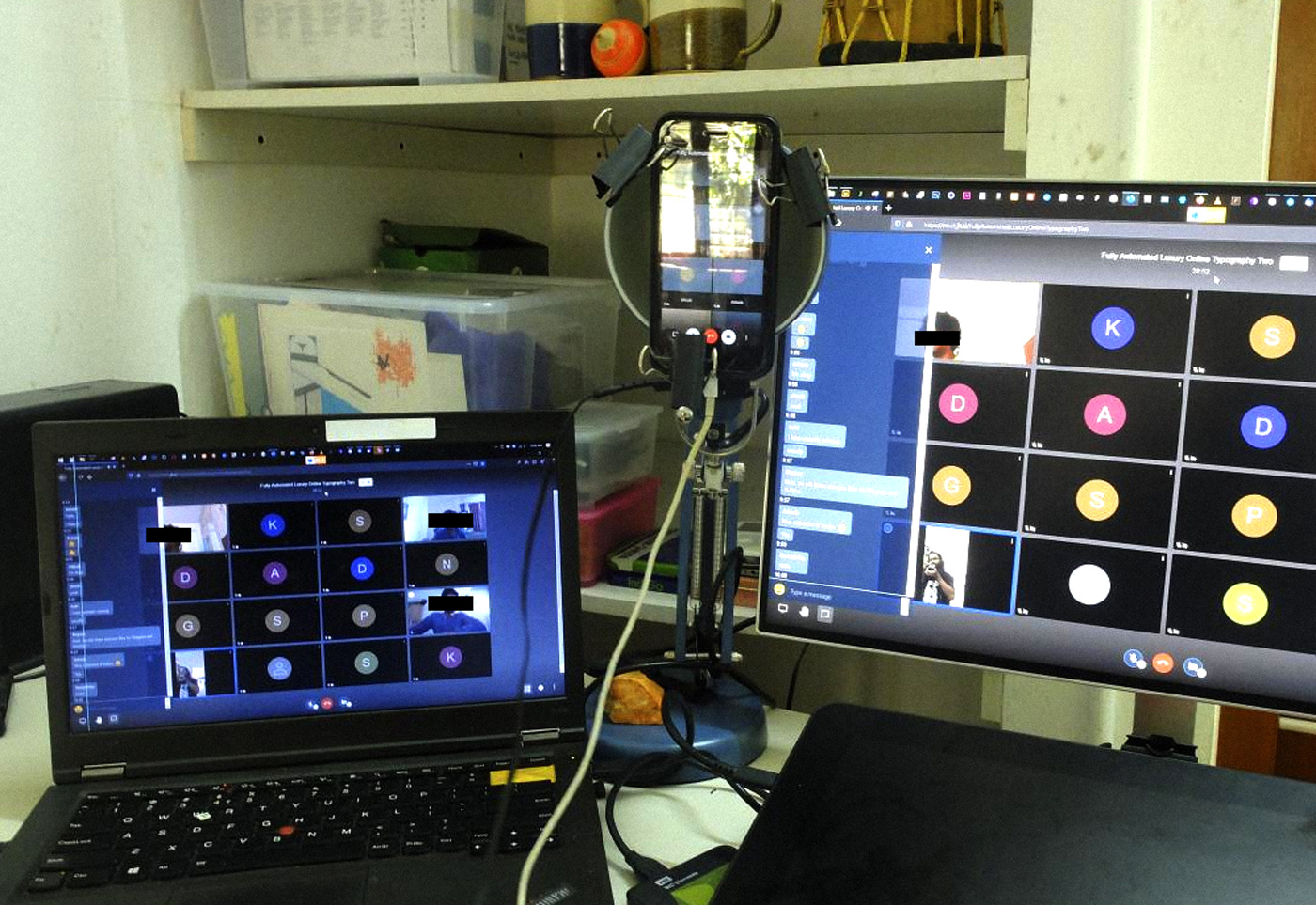
Telegram Sessions
For the major major part of the course, we had two groups on Telegram and used Direct Messages for specific feedback/file-shares and requests. The chats could handle hash-tags and messages could be pinned to the top of the window. We used #Exercise, #Brief, #Tips, #Word (for attendance, below) and #ReadingMaterial among others, to easily navigate the steady stream of messages. Telegram supports a drag-and-drop interaction when it comes to sharing stuff of all kinds. The mobile app came in handy when I was tending to household chores and lunch and other stuff. It was important to not keep people waiting for feedback. The class-hours were thus loosely set; students shares screenshots and files throughout the day and when I wasn’t around in the group, they sorted things out themselves and it was nice to see.
The students made and managed a separate Telegram channel for my comments and prompts (exclusively) so someone who missed the trail of texts could find the MVP bits easily. Often, the text-stream got real busy and for sanity’s sake we switched notification sounds off and used the ‘send without making dings’ function to send stuff across. (AAG was furious and compared the situation to adding a dish noiselessly to a noisy dishwasher.)
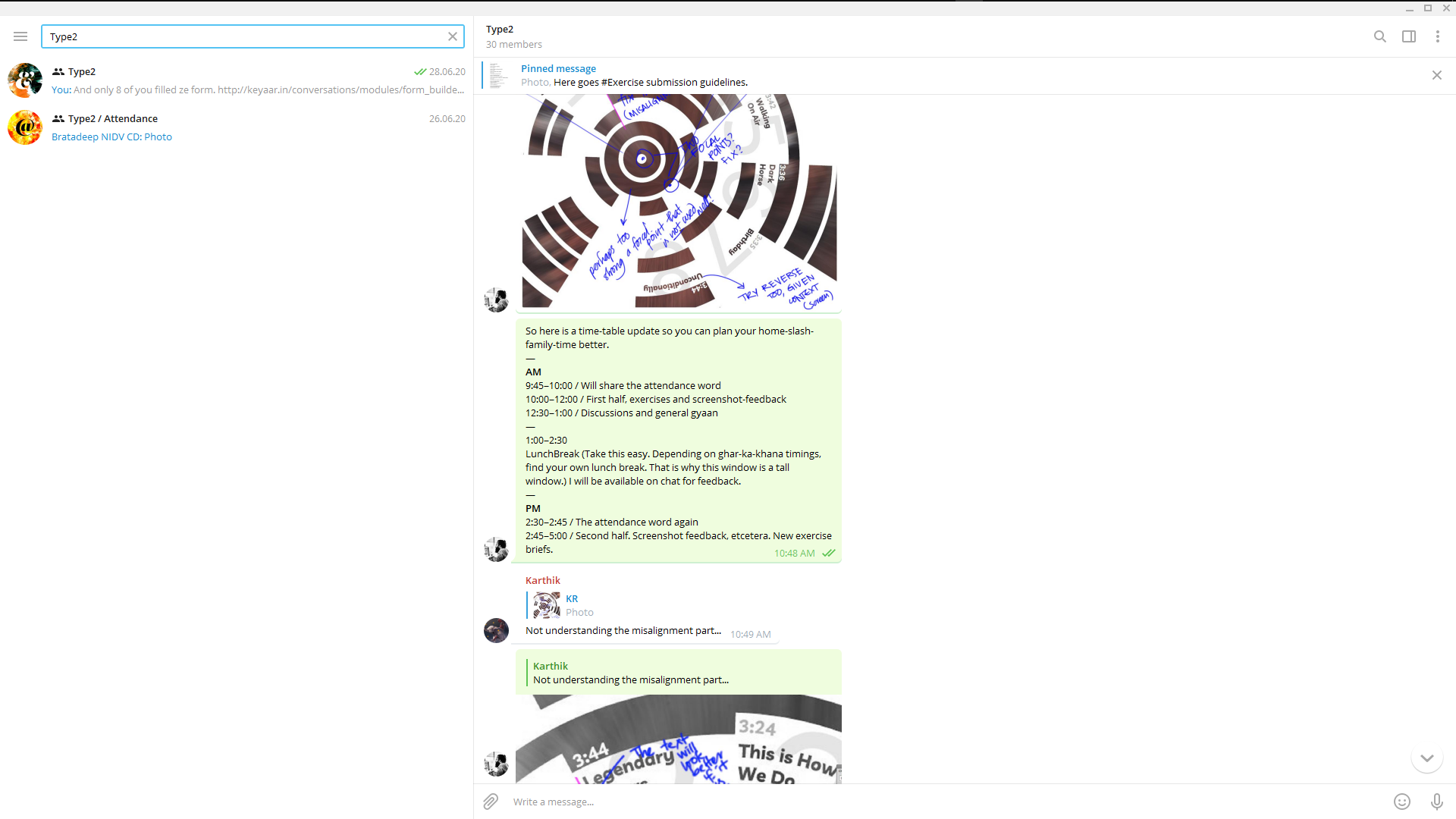
Attendancing
At 9:30–9:45 (AM) and 2:30–2:45 (PM), I shared #words that the students lettered on pieces of paper, then photographed (awkward angles at first) and uploaded to a separate attendance group. Initially, these were conjured ‘real-time’ based on what I was feeling at the moment and a De Boinod book. Later, I queued them up in advance and scheduled messages on Telegram. As the days passed, stuff got complicated and many Idlis (SSK) were used to make modular letters, dusty- surfaces were partially cleaned and visual puns intended. Some animated GIFs, some animated themselves and some missed sessions to come back and comment on other people attendancing. The trail there gave way to some interesting discussions on accessibility, monospaced characters, true italics and chopped terminals.
The attendancing kept the course alive (more than my type-dad-ish jokes even) and more than a couple of anonymised feedback-ers said it helped them come back to the sessions and find surprises often. Managing the counting wasn’t as easy and it got cumbersome once when I left the tally un-tallied on Excel for a couple of days. There are attendance-specific apps like Acadly that apparently work well. For a type course, it made sense to involve letters somehow.
The attendance looked better, too. On the week we spent at Vijayawada, only ten had a 90%-plus attendance. During the three weeks, seventeen did. I realise it is easier to send twice-in-a-day texts and call it a day, yet the submissions, screenshots-for-feedback and the discussions showed people present in the group-chat. The timings were flexible enough to account for family-and-home-stuff as were submission deadlines. My major demand was to keep sharing screenshots of progress.
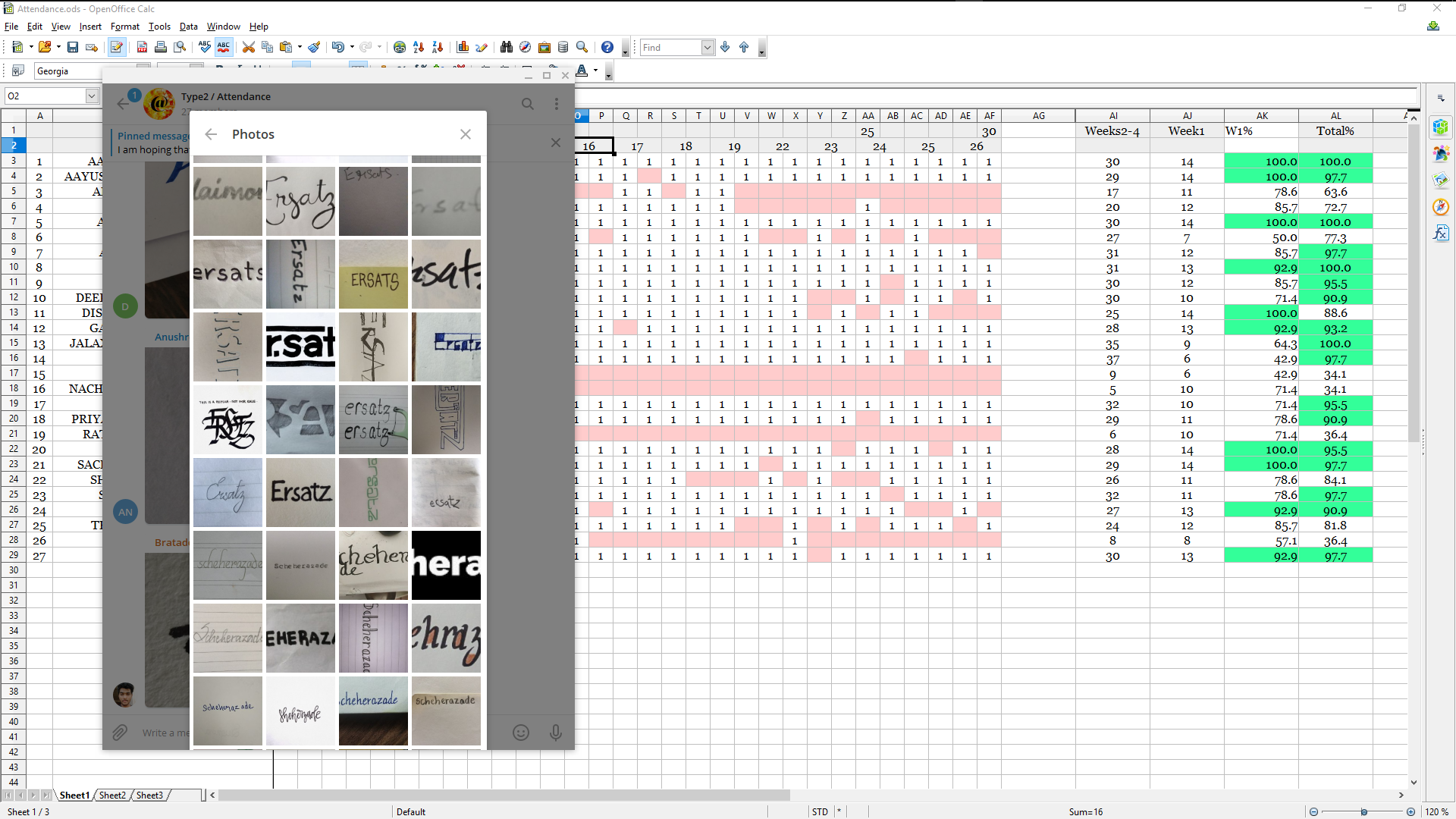
Feedback
Feedback over Telegram is excellent for it is concise and stays there for a while. Messages are searchable, replies can be made to specific screenshots/files/texts and it is possible to link back to previous feedback to mess with people who missed out on specific notes as they improved stuff. Most shared images were heavily annotated and shared back on the group and with individuals. I figured this was the equivalent of having a common/group discussion in class along with a softboard full of penpricks and stickied notes. The Cintiq (which broke a little after one week and got fixed with some electrical tape and a wheel off a tiny plastic toycar; long story, later) helped. I would copy images off the chat and paste them onto a new PS artboard, then annotate the daylights out of the image in scrawly, pink letters and occasional sideways emojis.
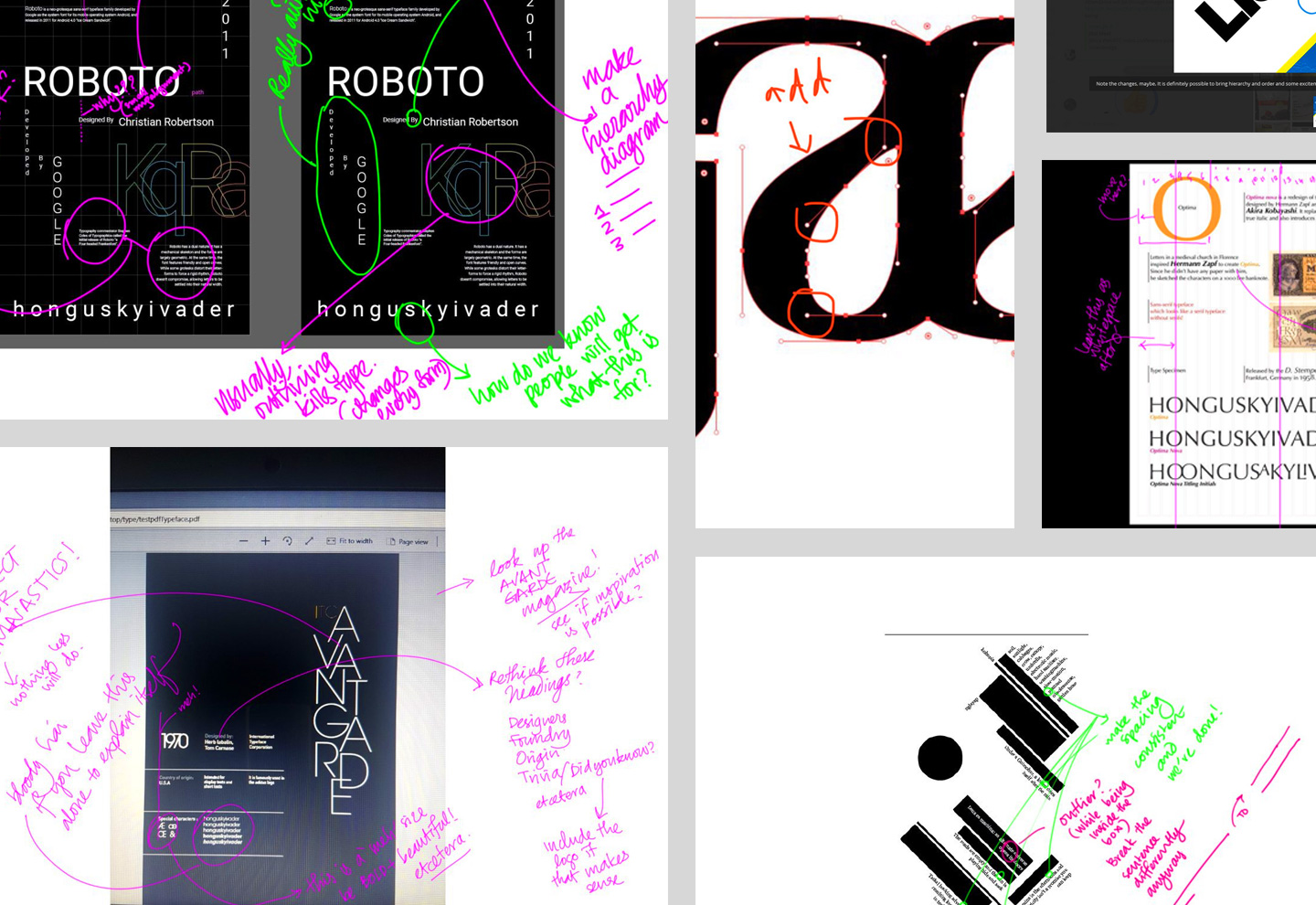
Submissions
This is where the privacy armour broke. I set up a Google Form and had separate fields for submitting exercises (with file type and size limits to see if they could export artwork with some control over the software). The form sorted files for us into folders and the Drive could be viewed (not edited) by everyone, including the course coordinator from Vijayawada. The view-only permissions helped make sure no-one deleted files I had commented on already and it took care of folder-structures when it came time to downloading stuff at the end and keeping track of submissions. I had gotten rid of the big G from my life years earlier and created a new account to make all this happen.
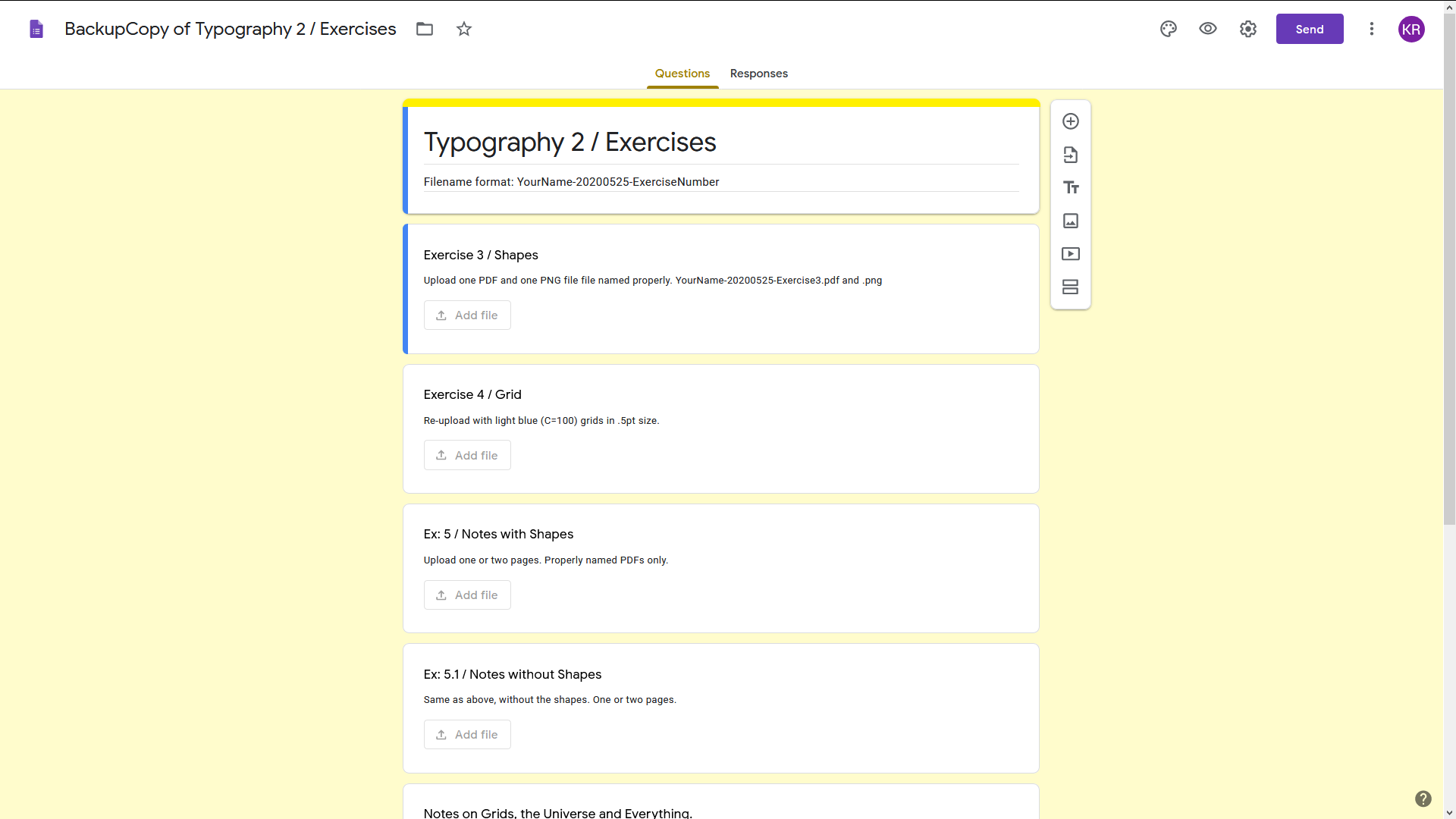
I realised FormTools (which we used for anonymised student feedback) could have handled this equally well without an account and more autonomy, only much later.
See GDrive full of submissions here.
Student Feedback
FormTools helped make feedback collection easy. There were four questions, including one on how the online part of the online course went. The feedback-form questions were open-ended and non-compulsory. 14 of the 23 students who showed up, responded. I did have to send three strategically worded texts though.

Remixes
Since there was no proper way to carry a tripod-stool around for feedback and working with people’s files, I decided to remix people’s work occasionally. As always, the exercises are all ones I would love to work on, so that helps.
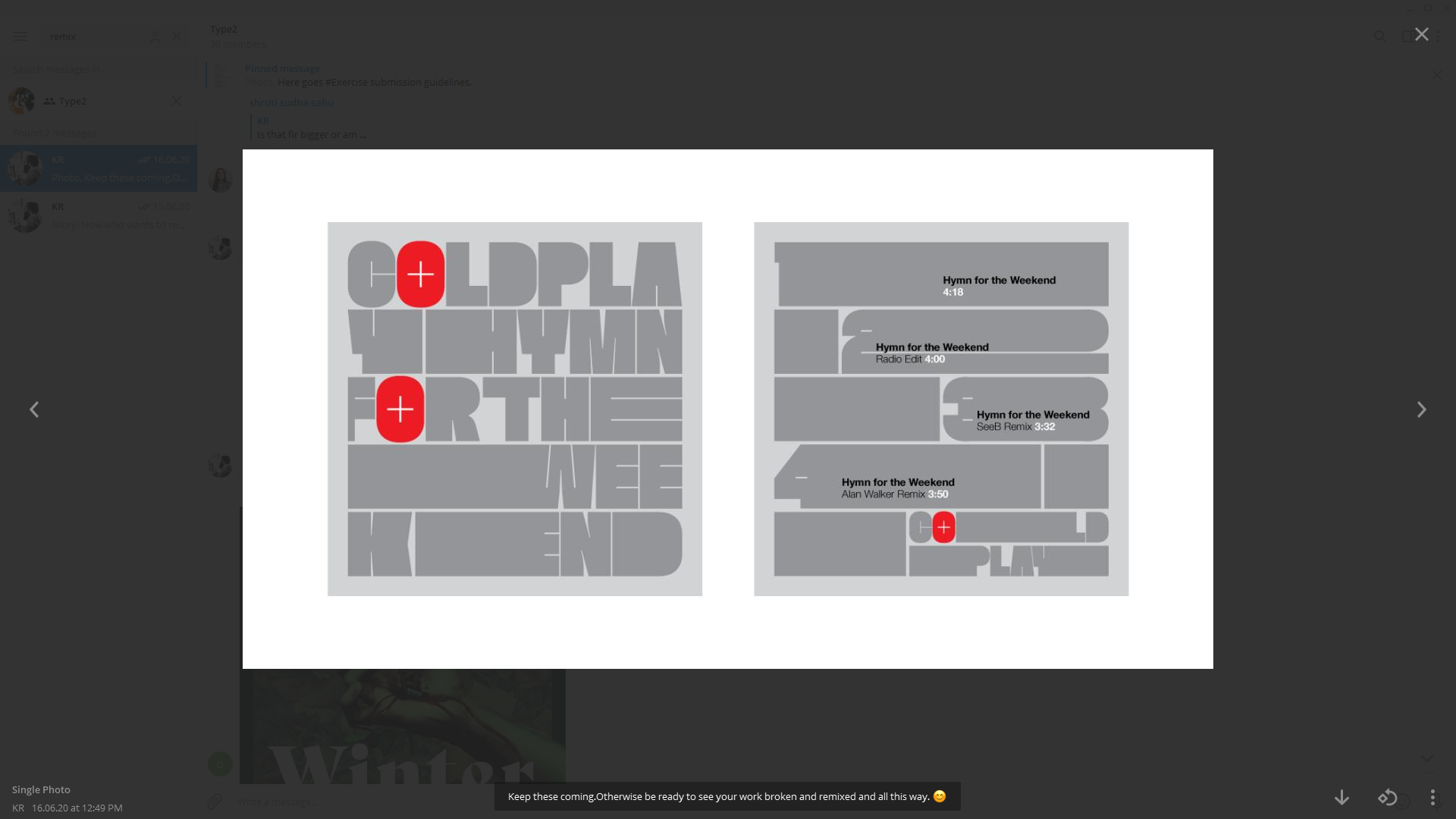
An Online Display
Traditions ought to be honoured and we tried displaying the work online, here. I repurposed bits of the StaceyApp installation for a quick kutti website.
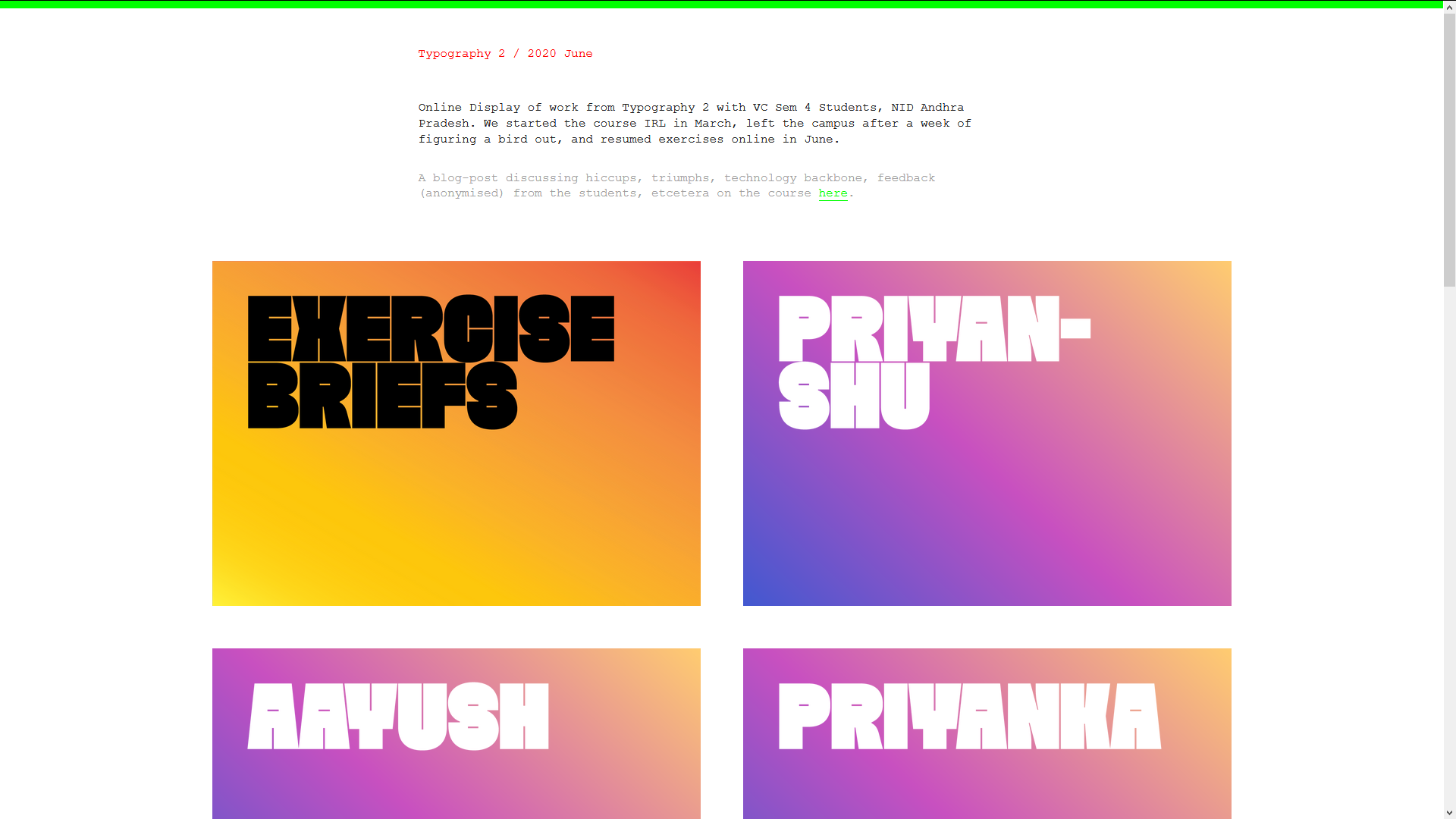
Thankses!
Since it was fully automated and I had the luxury of taking it online, the course could use feedback and opinions from friends. I invited FTV to pitch in and he obliged. A Product-Design student wanted in and he lurked. And thanks to all the second-year folks from NID-AP (Vijayawada) who kept the course going. Kurma and Chewang helped coordinate stuff from Vijayawada. R helped with tea, sanity and comments on photography. The family helped with space. The clients helped by letting me run out of deadlines yet again.
—
On a chat with someone post the course, we discussed how it was easier to teach a text-focused course over text. I know there needs to be a week (luxury!) of type in a classroom to finish things off well after all this. Or maybe, internships will polish the hard-edges. Ever since reading the Victore piece on education, I am on the other side of smoothening the edges, though.
I kept track of Exercises by drafting them and saving them locally (in the Saved Messages on Telegram) and used OpenOffice Calc to keep a track of who did what and attendance. Win+Ctrl+S saved a lot of time by getting screenshots off in a jiffy. iOS Screenshots let me awkwardly annotate images when away from the computer. For Attendance words, after the DeBoinod book I ended up choosing stuff that worked with the exercises and how the students were dealing with them. Often non-words too, for they made for good visual experiments.
—
1: That is a long, serious and potentially fun exercise, spreading courses over semesters.
2: Switched to a Mechanix build that held the phone in place way more efficiently toward the end of the course but never really got around to using it.
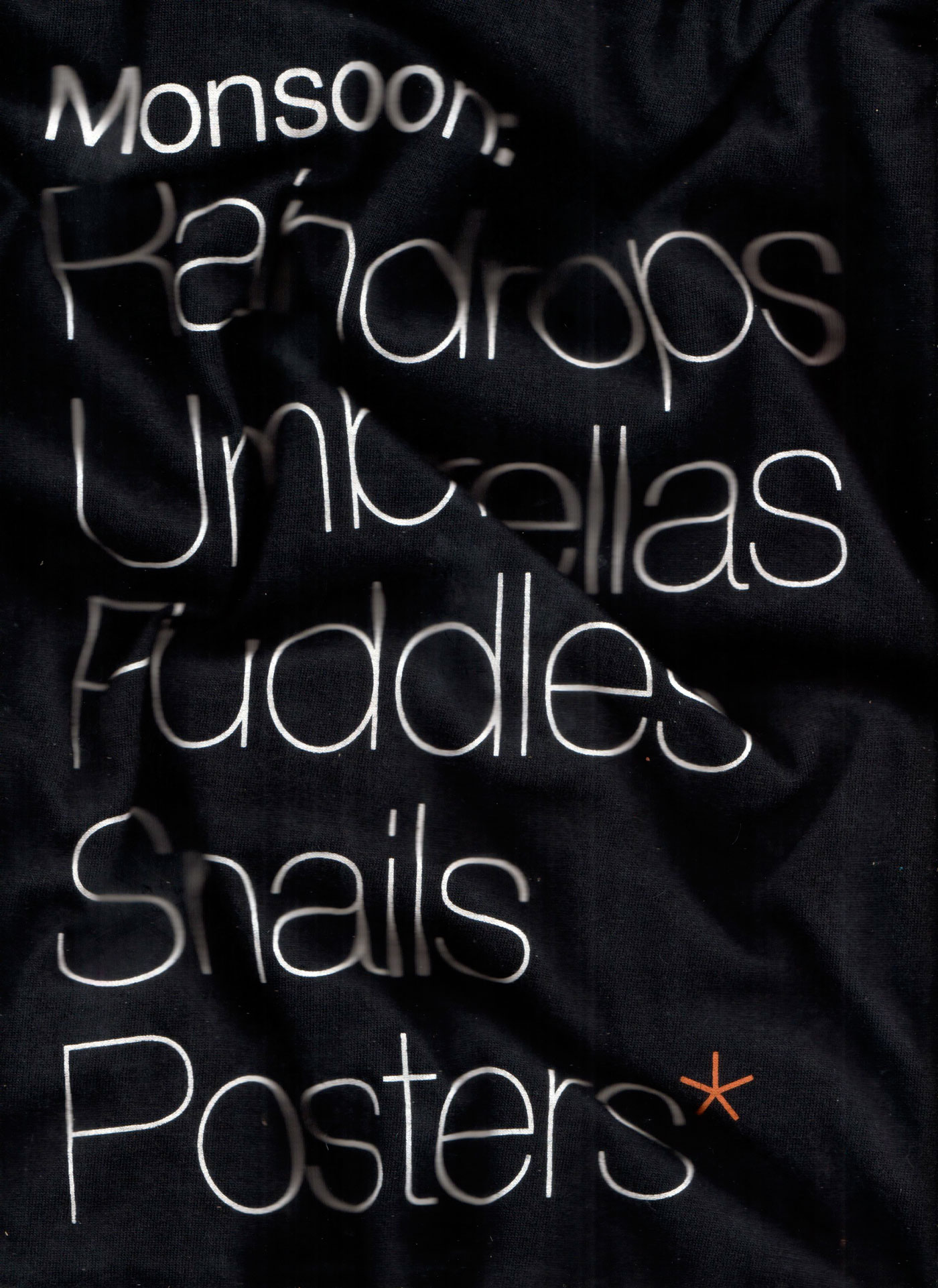
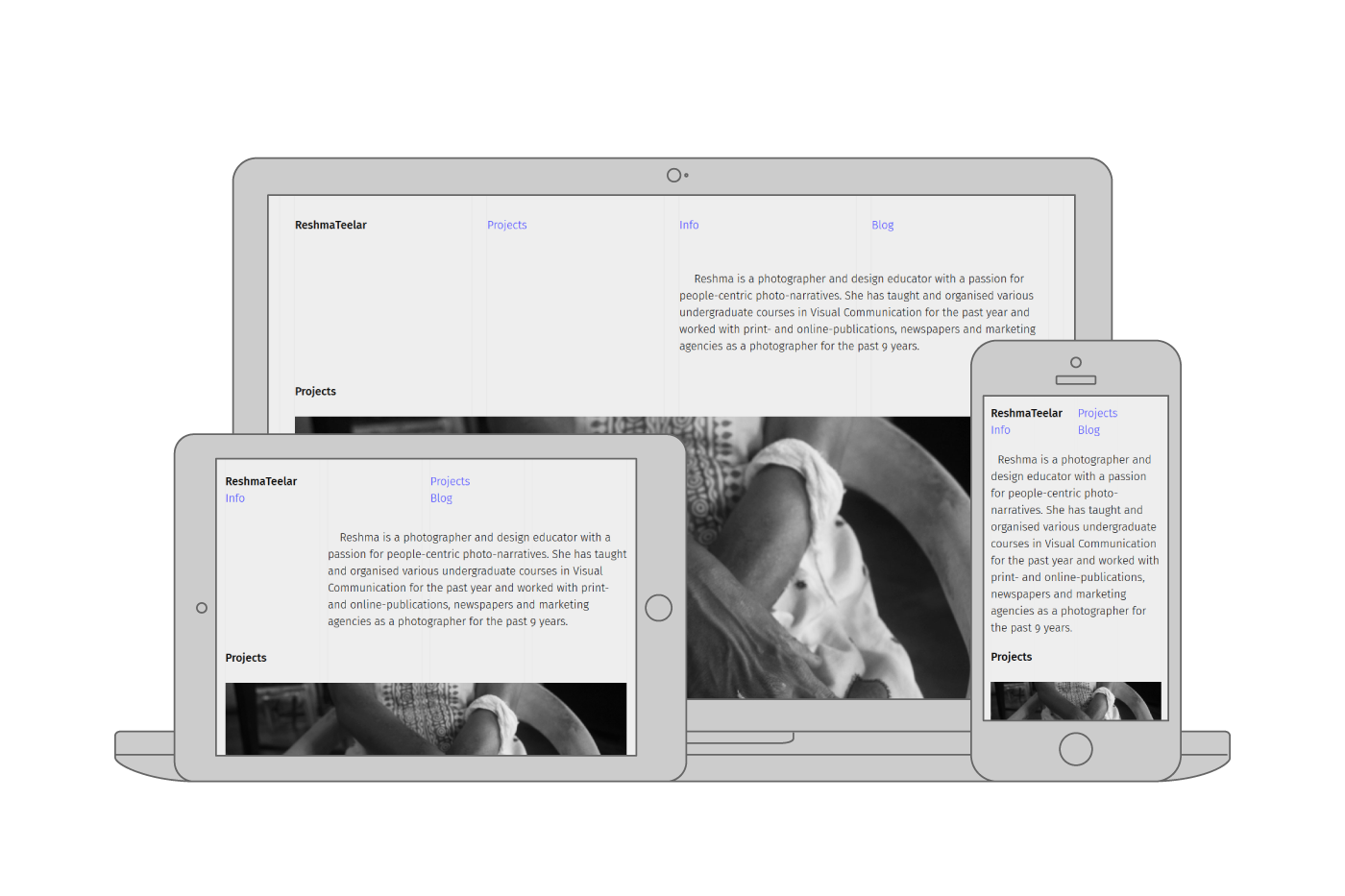

.png)









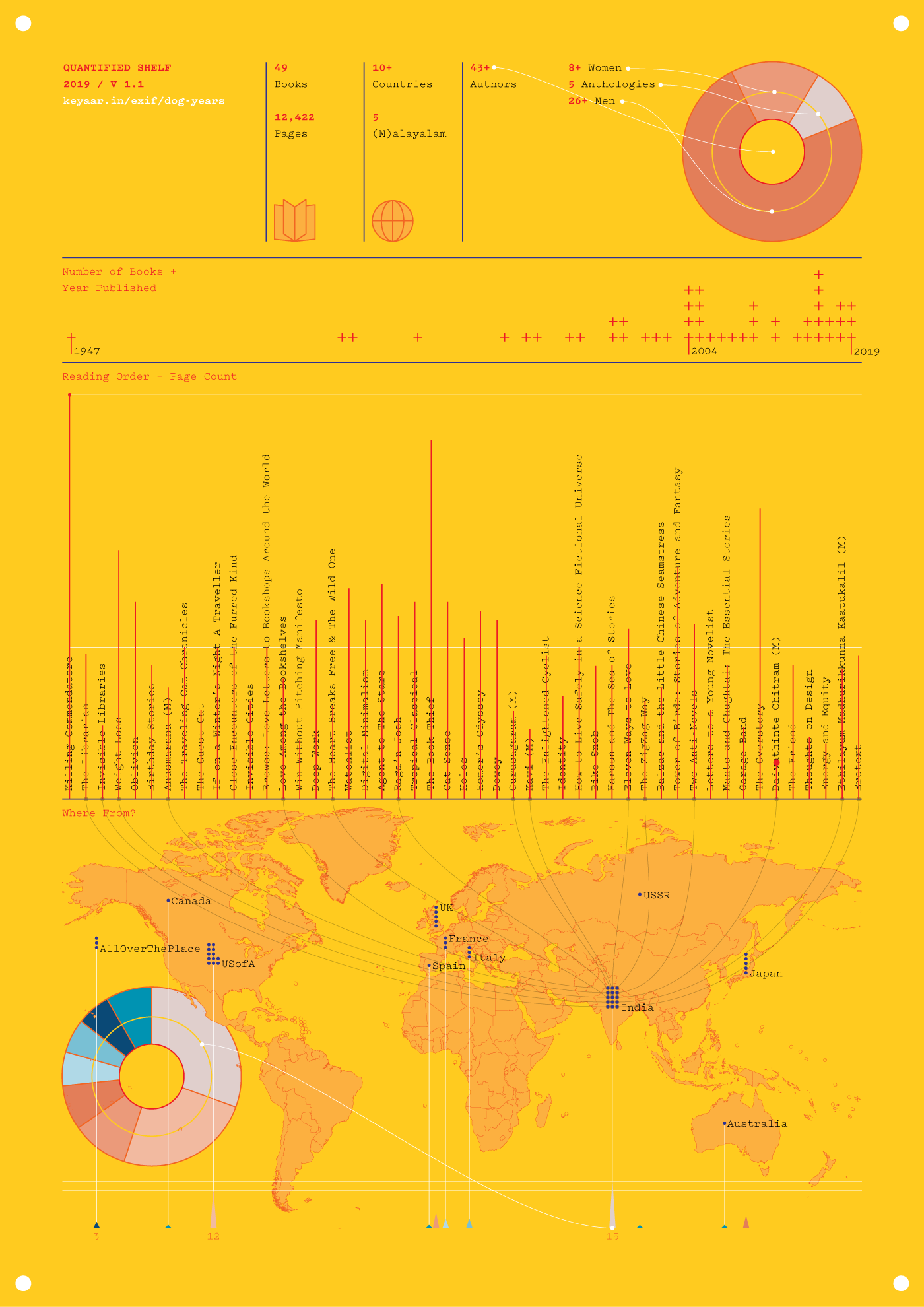
.png)
